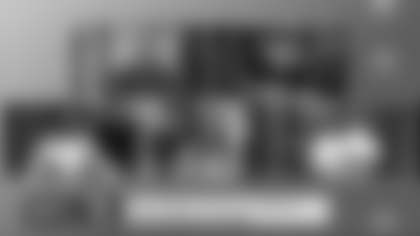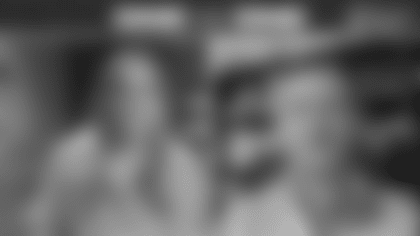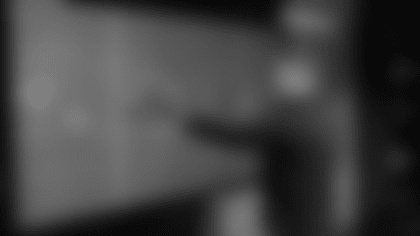MINNEAPOLIS — It's been more than a decade since Joe Berger earned his engineering degree, but only six months since Joel Stave was cap-and-gown ready.
Both donned hard hats last Friday when they visited U.S. Bank Stadium with Teddy Bridgewater, Everson Griffen, Cordarrelle Patterson and Adam Thielen.
Berger, who holds a mechanical engineering degree, is preparing for his 12th NFL season. Stave, who holds a civil engineering degree, is an undrafted rookie wrapping up his third week with the team he cheered for as a youngster. Both were impressed by the future home of the Vikings.
In addition to appreciating the overall **wow factor*** *of the 1.75 million square foot venue, they have a unique perspective on the complexity of the building and the details that make the bigger picture complete.
Berger had caught an earlier glimpse during a visit last November.
"It's pretty impressive how much work can get done in six months," Berger said. "It looks great.
"I think it's fun to walk around and look at the structure, see how it's designed, how it's made," Berger continued. "I think what impressed me the most the last time I came was everybody working together, the crews all doing stuff and the management of it was pretty impressive."
It was the first glimpse for Stave, a Wisconsin native who passed through the Twin Cities quite often during his youth while on trips to see family in North Dakota.
Several Vikings players recently took a tour of U.S. Bank Stadium, which is nearing completion.













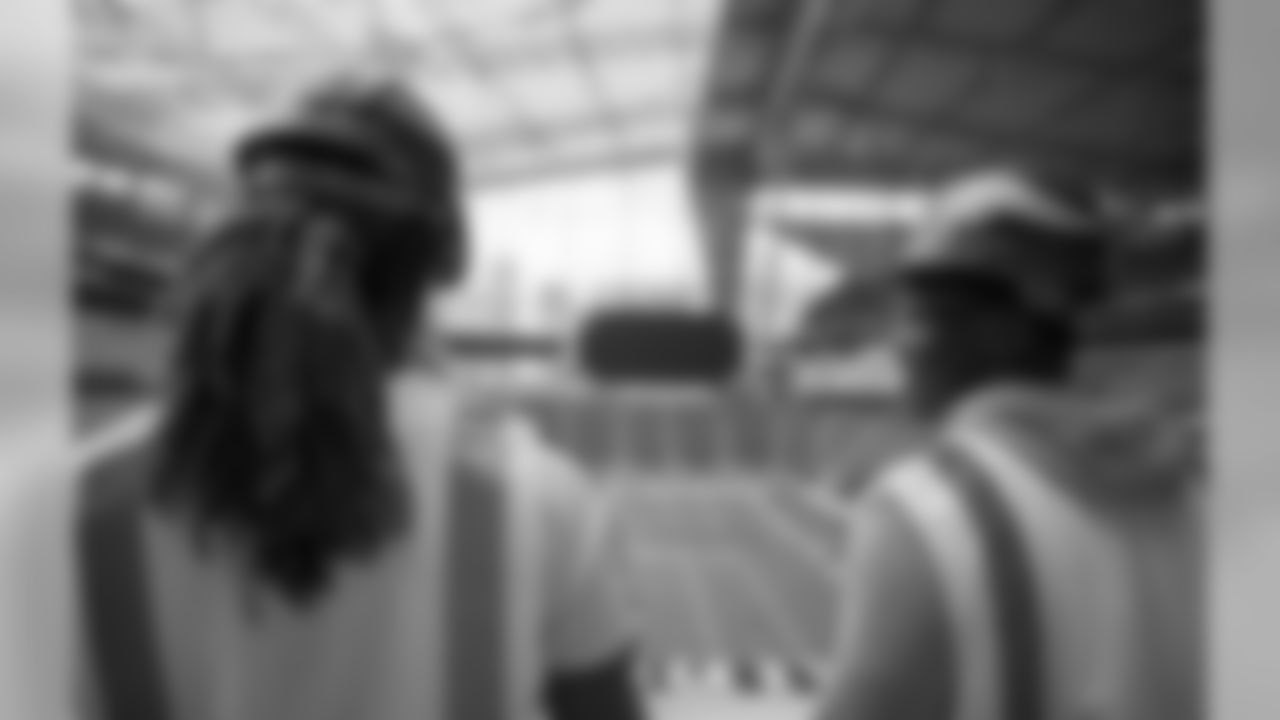



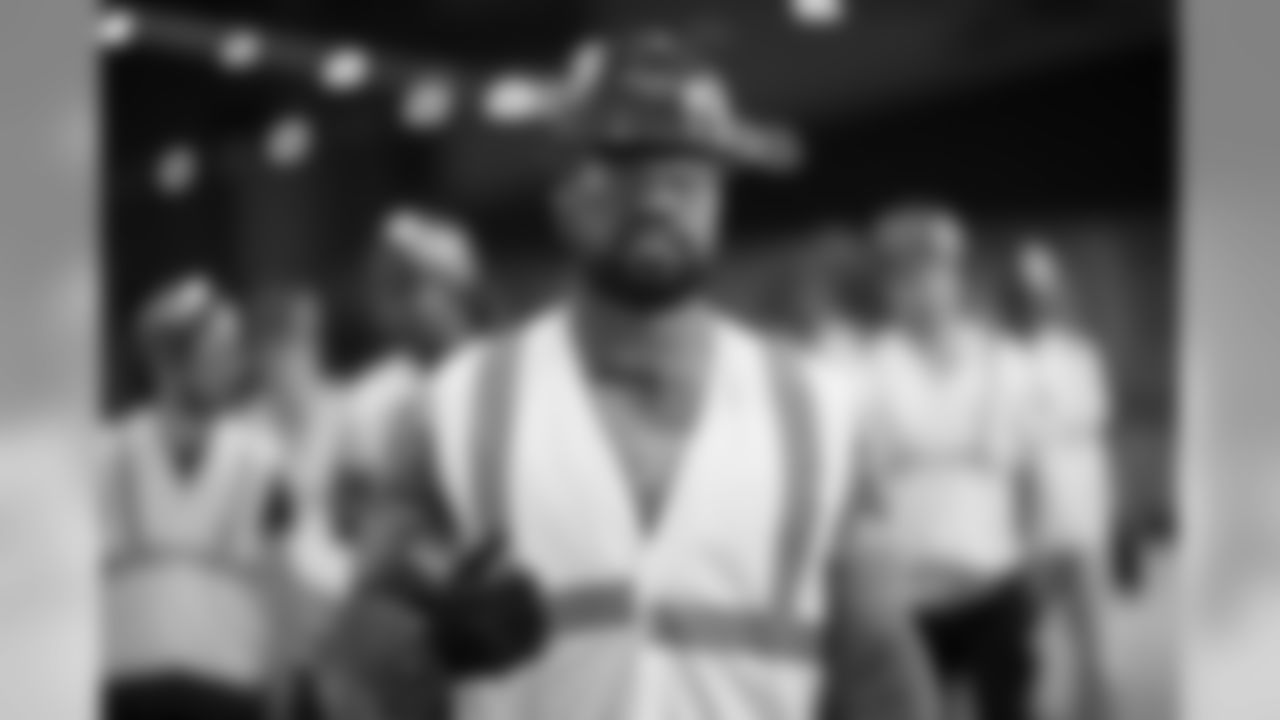


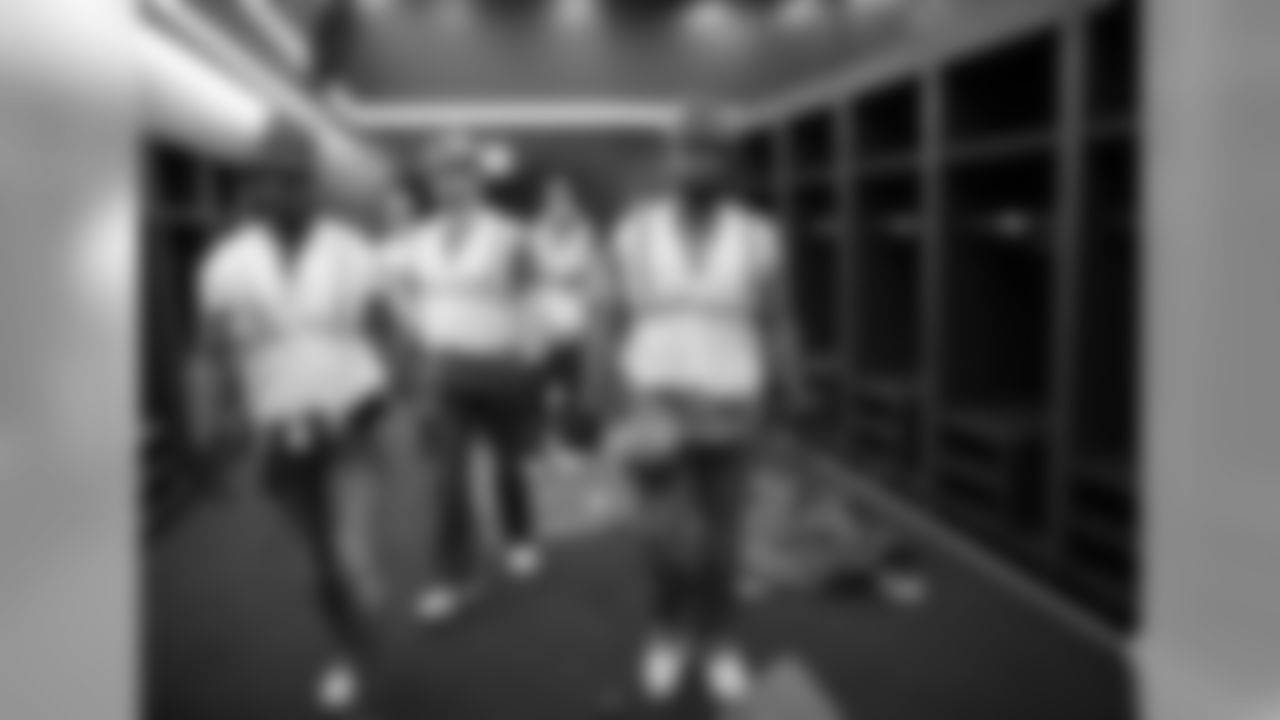
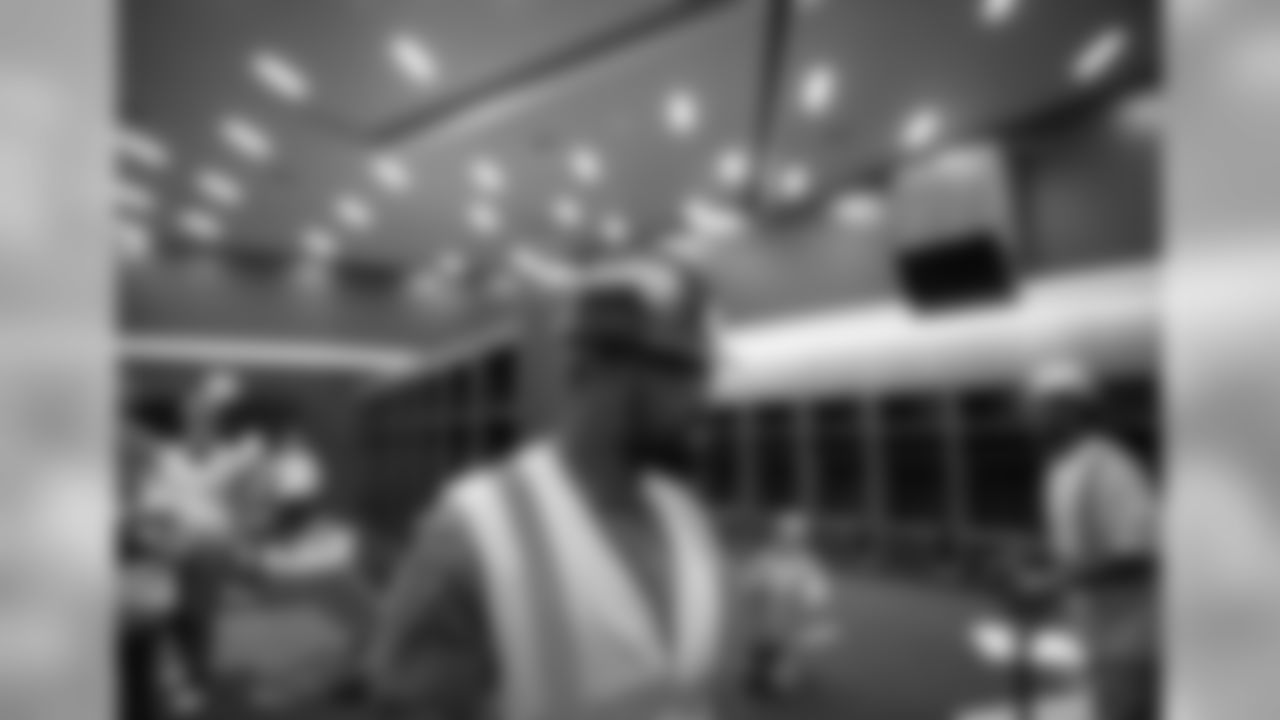

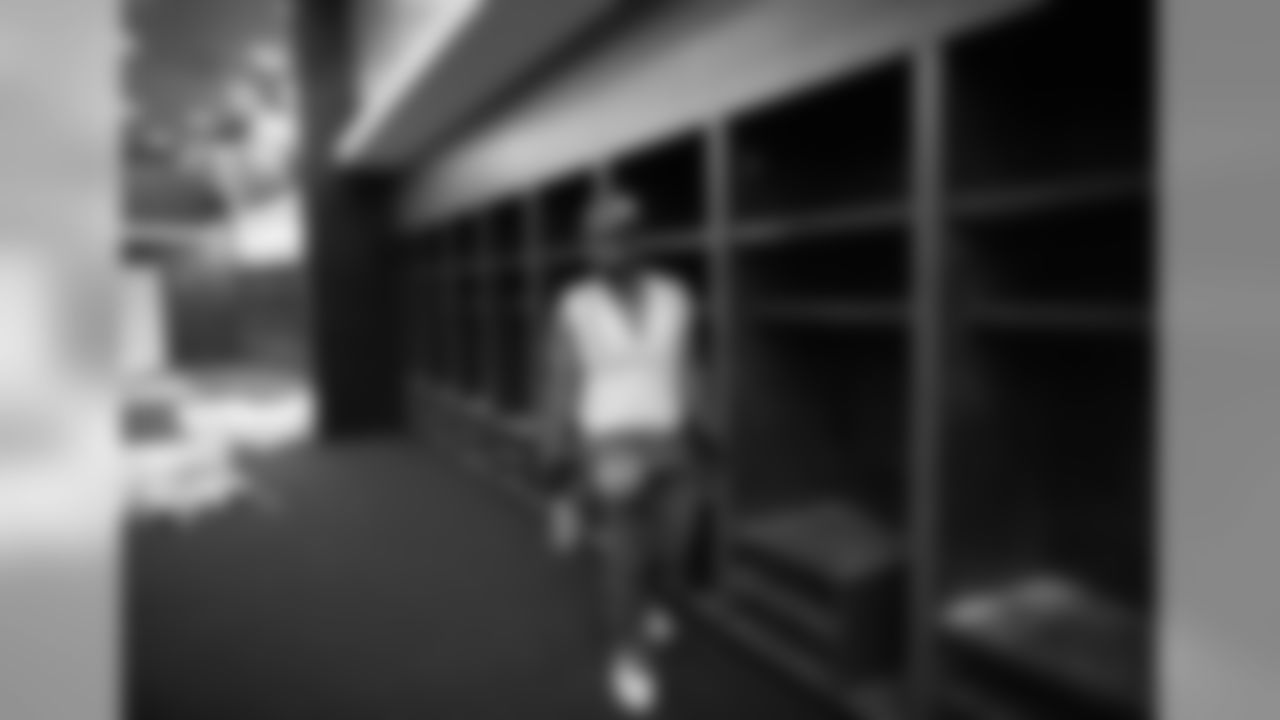





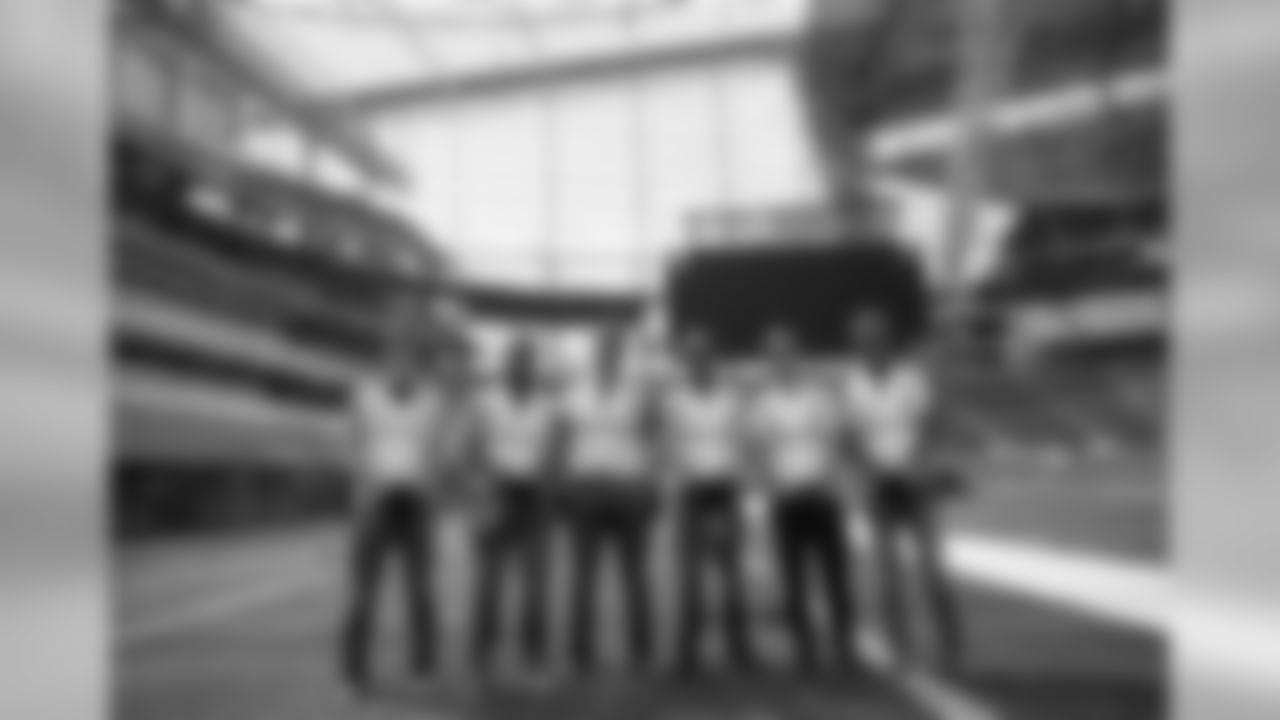
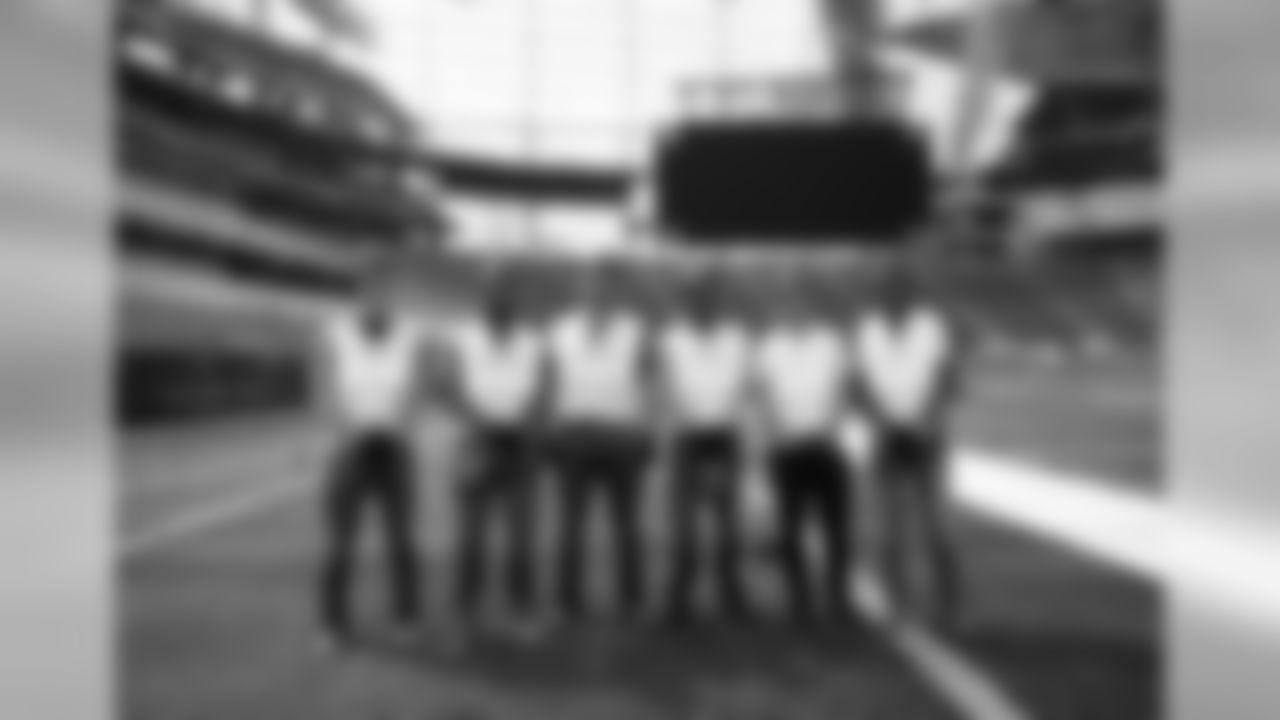










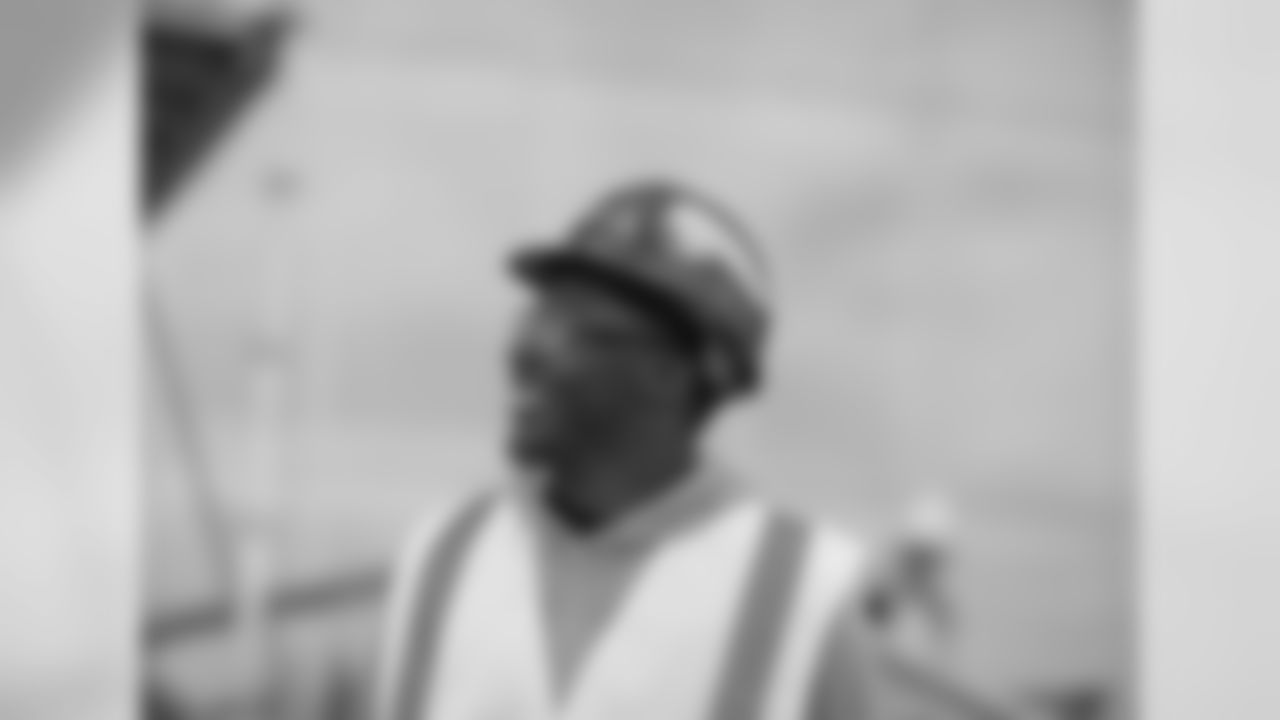
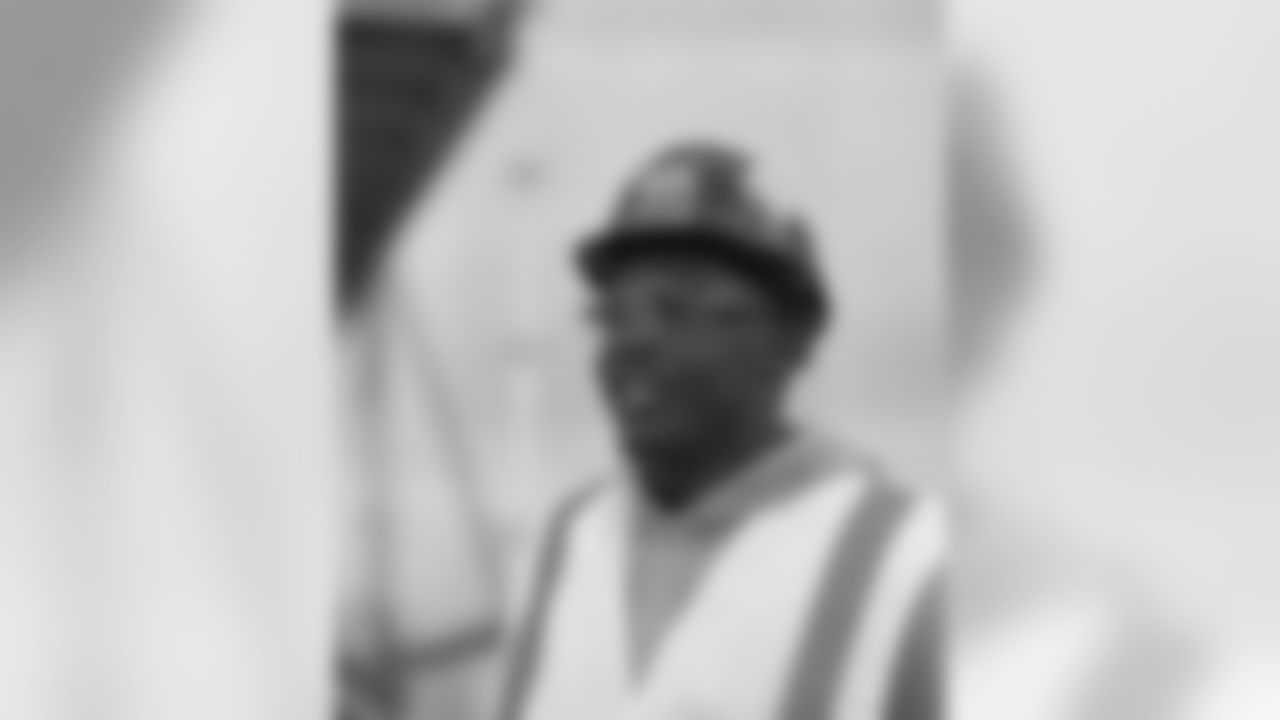

He liked the amount of unobstructed views from the concourse into the bowl and the open, outdoorsy feel of the enclosed venue. That perception is achieved by use of clear ETFE on 60 percent of the roof and a west wall of glass that includes five of the largest pivoting doors in the world.
"I think it's unbelievable. I love when you can walk around the edges and always see in the bowl," Stave said. "I think that's something that's really cool about this stadium because you always feel like you're in the game even when you're in the concourse."
While the bowl of the stadium is encircled by two concourses, the experience is differentiated by a unique geometry of complex angles that would be too challenging for novice craftsmen.
"They tried to stay away from 90 degrees, and it makes everything difficult," Berger said. "Every cut is different, the assembly of it. There's a reason that houses are usually 90 degrees. It makes it easier, so it's cool that they took that as the design, and the extra work it took to do it that way paid off."
Stave added: "You can tell it took a lot of time to come up with a design like that. A design like that doesn't happen overnight."
The Vikings are less than 100 days from hosting San Diego (noon, Aug. 28, FOX) in the first football game at the venue.
Head Coach Mike Zimmer has talked about how noisy he'd like it to be, similar to the loudness of the building that served as the Vikings home from 1982-2013. He visited the stadium and told ESPN Thursday that it will be up to the Vikings to "earn the home-field advantage."
Stave remembered television coverage of games in the Metrodome that pointed out opposing "quarterbacks wearing ear plugs and how the Metrodome really gave the Vikings home-field advantage."
"I think this will just take it to another level, the fact that it is still enclosed," Stave said. "You'll get the sound echoing, and it will get loud in there. It will be a tough place for opponents to play, will give us a tremendous home-field advantage and it is a world-class facility."







